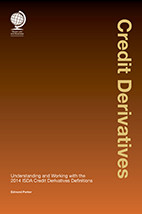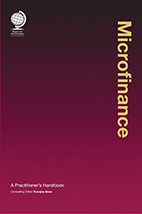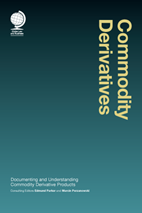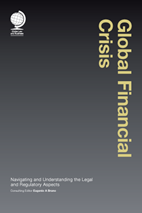
Author(s): Edmund Parker - Mayer Brown
Publication date: Jan 2017
Format: Hardback
Pages: 560
Price: £275.00
ISBN: 9781909416642
How our eBook platform works
How permanent access, multi-user eBooks work
Add to basket (UK and Europe)Add to basket (USA, rest of world)
Add to basket (UK and Europe)Add to basket (USA, rest of world)
Mr Parker ably achieves this goal [of creating a better understanding of credit derivatives products] through a combination of lucid prose, well organized charts and helpful examples.
,
A great contribution to the literature of financial law and deserves a place on the bookshelf of any lawyer working in the domain of credit derivatives.
,
Read more...Review for previous edition: The volume that he has given us is, without doubt, the single best publication on credit derivatives for the practising lawyer that is available.
,
Yet for the practitioner, or, indeed, the legal researcher, there are precious few books that explain the legal design and documentation of credit derivatives. One such rare example is Edmund Parker’s Credit Derivatives: Understanding and Working with the 2014 ISDA Credit Derivatives Definitions.1 As readers of this journal will be aware, all credit derivatives, including those linked to staged credit events, are constructed using industry standard form contracts, and that book is an invaluable guide to the negotiation and drafting of those contracts.
,
Credit derivatives have emerged from the financial crisis as a stronger and more robust product, heavily used by financial institutions, corporations, insurers, asset managers and pension funds. Much of the original title, Credit Derivatives: Documenting and Understanding Credit Derivative Products, focused on the 2003 ISDA Credit Derivative Definitions. With the launch of the 2014 ISDA Credit Derivatives Definitions, which became market standard definitions for documenting credit derivatives transactions on 6 October 2014, this edition provides similarly detailed and comprehensive analysis of the heavily updated 2014 Definitions.
This book covers the 2014 Definitions in detail, while also discussing the differences with the predecessor definitions. This practitioner-oriented title also covers auction settlement, the DC Rules, POB Rules, SRO Rules and the Determinations Committees, as well as looking in detail at the products that the 2014 Definitions are used with, such as single name and index credit default swaps, and structured products.
The edition provides practical reading for lawyers, whether in private practice or in-house, and all credit derivatives market participants looking to gain a solid understanding of the new definitions.
Author Edmund Parker is the global head of Mayer Brown’s Derivatives & Structured Products practice and an internationally recognised leading expert in the field.




















